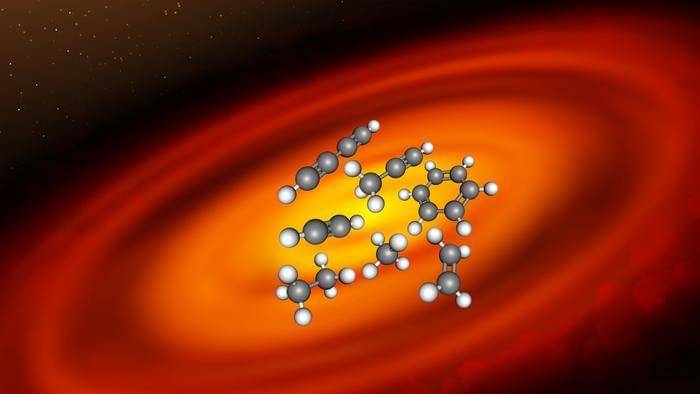“Many primary atmospheres of those planets will probably be dominated by hydrocarbon compounds and not so much by oxygen-rich gases such as water and carbon dioxide,” said Dr. Thomas Henning.
Can rocky planets form around stars smaller than our Sun, also called low-mass stars? This is what a recent study published in Science hopes to address as a team of international researchers investigated the chemical properties of an exoplanetary system orbiting the star, ISO-Chal 147, which is located approximately 600 light-years from Earth and whose star has a mass of 11 percent of our Sun with age estimates between 1 to 2 million years old. For context, our Sun is approximately 4.5 billion years old. This study holds the potential to help astronomers better understand the formation and evolution of young exoplanetary systems and their potential to host rocky planets.
For the study, the researchers used the Mid-Infrared Instrument (MIRI) on the NASA’s James Webb Space Telescope (JWST) to identify carbon-bearing molecules at temperatures of approximately 30 degrees Celsius (86 degrees Fahrenheit) within the protoplanetary disk forming around the young star. However, the team also found these molecules did not possess compounds containing oxygen, meaning the system might not have water or carbon dioxide, which are typically found in systems surrounding stars like our Sun.
Regarding the potential for rocky planets, the researchers determined that the limited amount of planet-forming material and its wide circulation within the system indicates an increased likelihood of rocky planets forming compared to gas giants.
